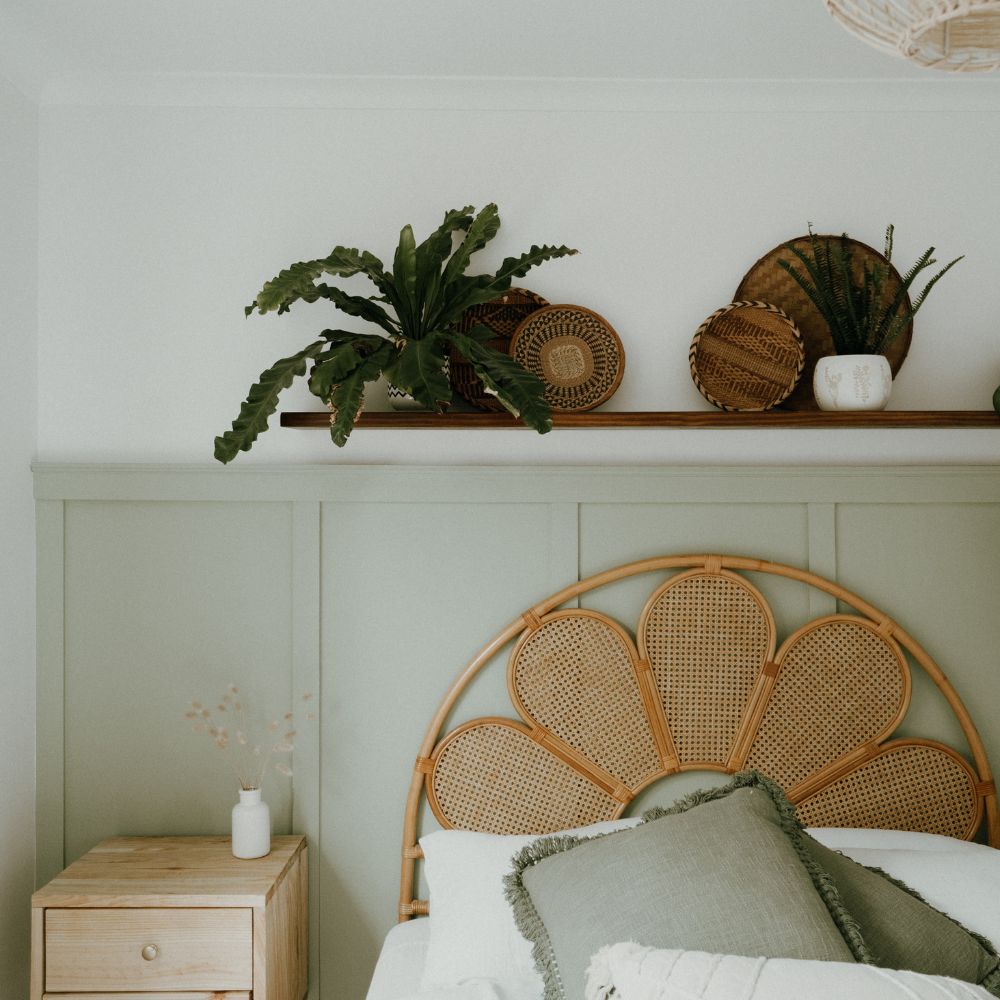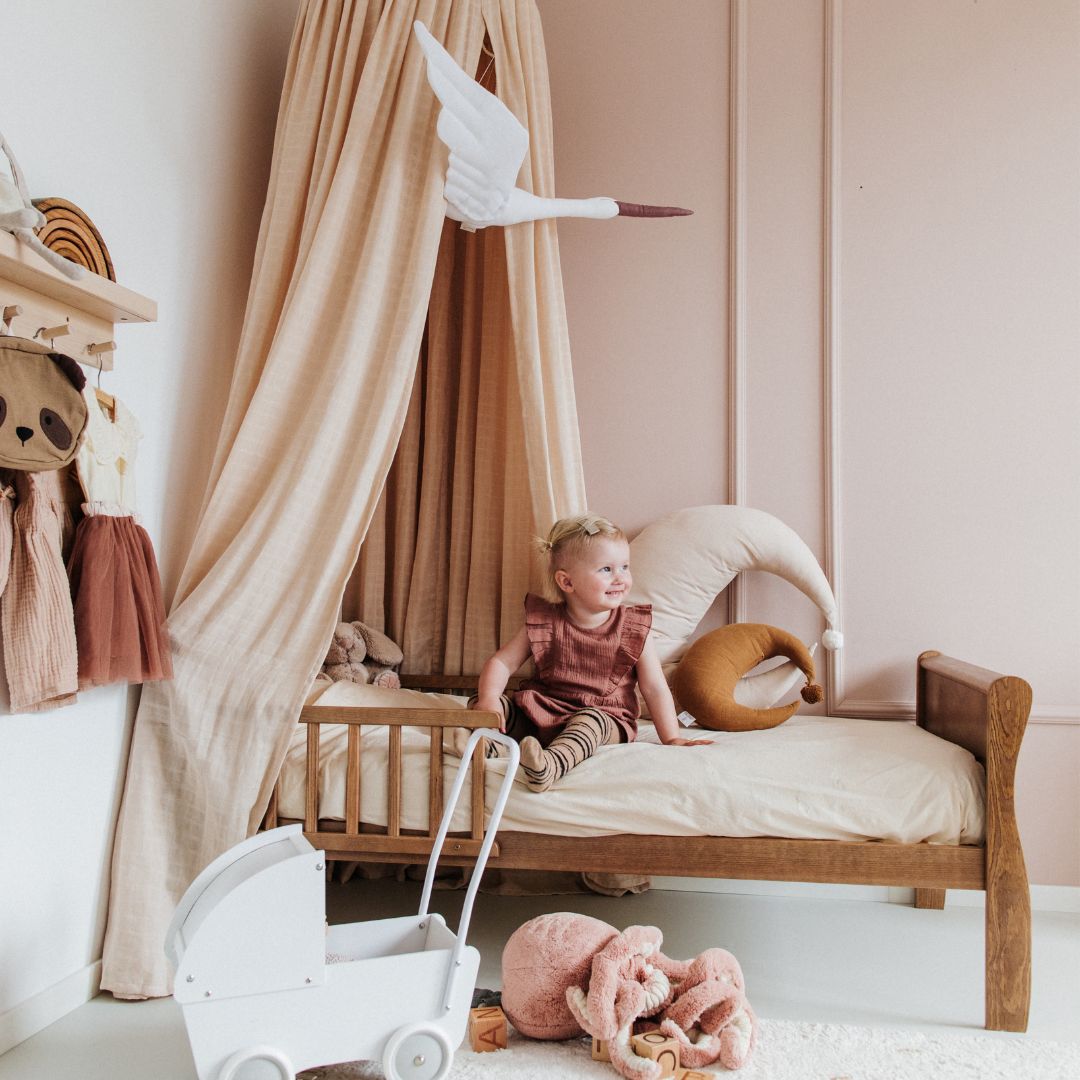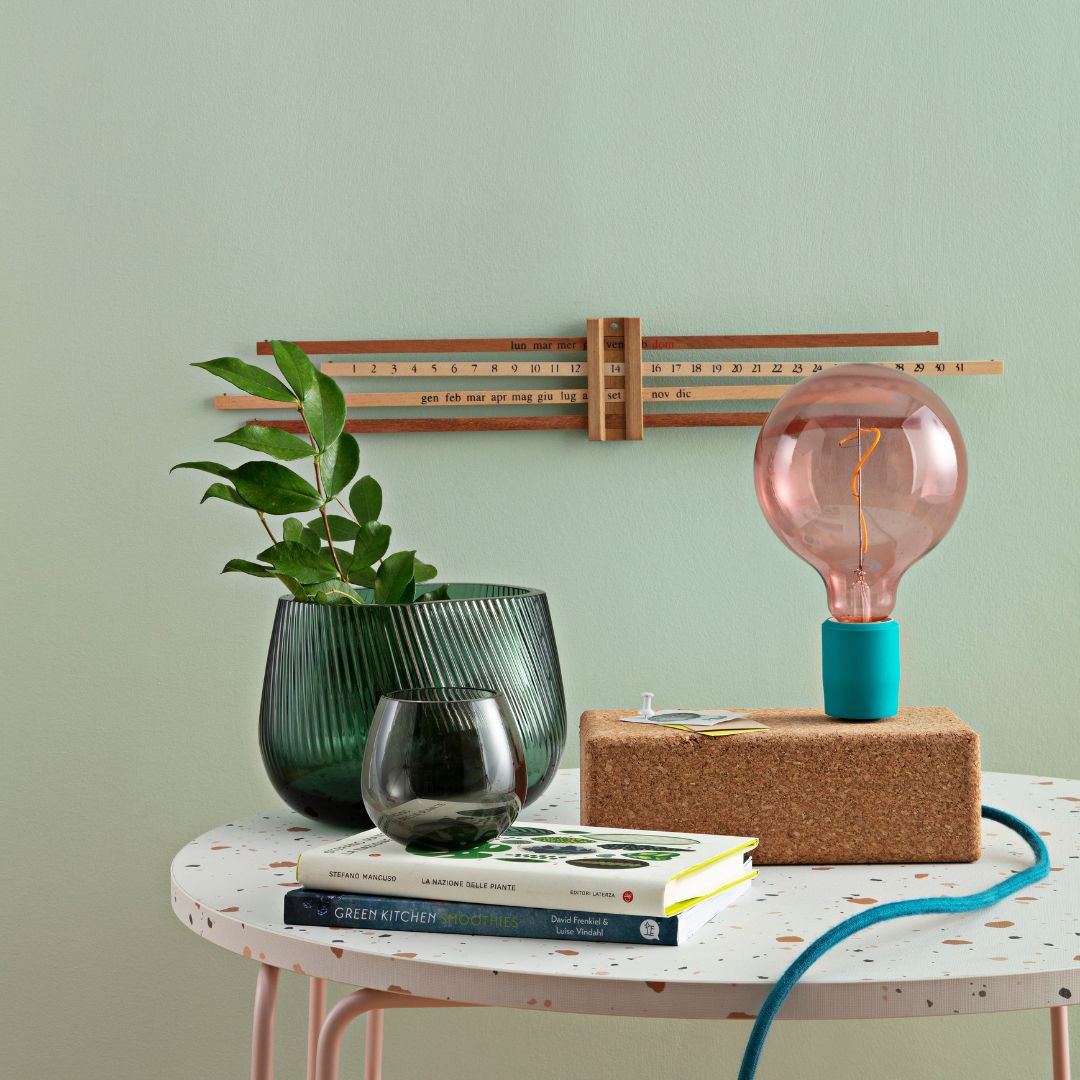Have you ever dreamed of going behind the scenes at Algo and seeing all the stages of manufacturing our eco-friendly paint?
Alexandre Calvez, renowned Breton blogger and videographer, did us the honor of visiting us to introduce his many YouTube subscribers to the Algo manufacturing process.
This is an opportunity for us to look back on this day and show you in this article how our paint is made: from the harvesting of our algae to the application on your walls... For those who prefer the video format, the link is at the bottom of the page. Enjoy!
Harvesting algae, a crucial step!
Seaweed is harvested by seaweed harvesters from May to October, marking the season when harvesting is permitted. This seaweed comes from Iroise Bay, in Brittany near Brest, a few kilometers from our factory based in Vern-sur-Seiche near Rennes.
Highly regulated, seaweed harvesting is monitored to ensure its replenishment. It is a renewable resource that must be harvested with care and using a process that has been around for many years.
Algae have the advantage of not requiring fresh water for processing and do not encroach on land reserves intended to feed humans.
We only value the mineral part of the algae . Indeed, the objective was to enhance a natural element that was doomed to destruction because it was not used.
The algae used in our paints are processed for the oil they contain. This oil has already been used in cosmetics, particularly for several decades!
When the oil is extracted, the algae is ground into a powder.
This powder will give our paint a thickening power common to our paint.
Seaweed is the basic ingredient in our paint. This powder, so important for the production of our paints, allows us to prepare the production of Algo in large quantities.
When painting, you mustn't get your brushes tangled!
Each production is governed by strict specifications and gives rise to a production batch which is identifiable by a batch number , thus enabling the implementation of a whole battery of controls upstream of distribution.
Making paint is a bit like making pancake batter, except that you mainly incorporate water , a bio-sourced plant resin , algae (in powder form), and pigments to create pretty colors.
It is important to specify that we favor the use of natural pigments , from Roussillon ochres when possible.
The paint requires a resting time of several hours between each production, in order to allow the product to rest and evolve.
Many tests are carried out in order to obtain the best possible paint!
As mentioned previously, each manufacturing plan has its own manufacturing number.
Around ten tests are carried out throughout manufacturing to ensure the paint's conformity.
Among the tests carried out by Alexandre himself, there is in particular the paint viscosity test which allows the calibration of the paint to be measured.
If the viscosity test shows a number that is too high, then water should be added. However, if the number is too low, then thickener should be added.
Another very important test is the bar coater : it allows you to check the color, its appearance, its opacity and its shine!
All on a control sheet which must be covered with paint.
Alexandre thus carried out two tests: one on our new Madagascar shade, and a second for pleasure on the Chou fleur tendre shade from Mondeville.
The important thing is to put the small pots in the big ones (or vice versa)
Algo makes it a point of honor to promote the integration of people with disabilities, which is why we trust a work assistance center to carry out the packaging of our paints.
Our UTOPI work assistance center is located 15 minutes from our headquarters. It is in this workshop that all the pots are meticulously filled and weighed per unit.
It is also our work assistance center that carries out the tinting of our paints.
Tinting is carried out using a tinting machine where each shade and each packaging has its own formula.
The operation is led by Alain, a colorist at the work assistance center. Of course, the quantity and dyes used vary depending on the shade and the size of the tinting pot.
A pot of the Kahouanne shade was thus made in the video, for one of our customers who placed an order on our website.
Once the shade is achieved, each pot is placed in a mixer , allowing the colorants to mix properly with the paint during a cycle that can vary depending on the size of the pot.
The final step: checking the shade
Each shade is checked in two separate operations : the application on a neutral support (generally cardboard) of a sample of the shade produced containing a batch number and the date of tinting of the product.
From the dry sample, we can thus check the validity of the shade.
In order to best certify the validity of our shades, we also keep a small sample of the paint produced and thus certify the durability of our colors over time.
Thanks to Alexandre Calvez and his team!
This is the first time that the Algo team has opened the doors to its laboratory.
We hope you enjoyed this video, and for those who haven't seen it, you can view it from the link below:
This is also an opportunity for us to thank our committed applicator Algo Team Tiriault as well as the Brittany region which supported us throughout its filming.








